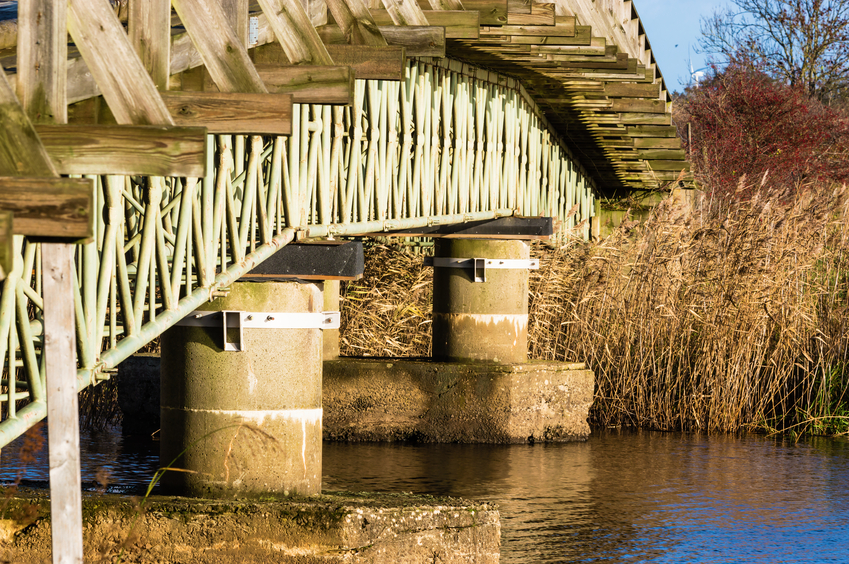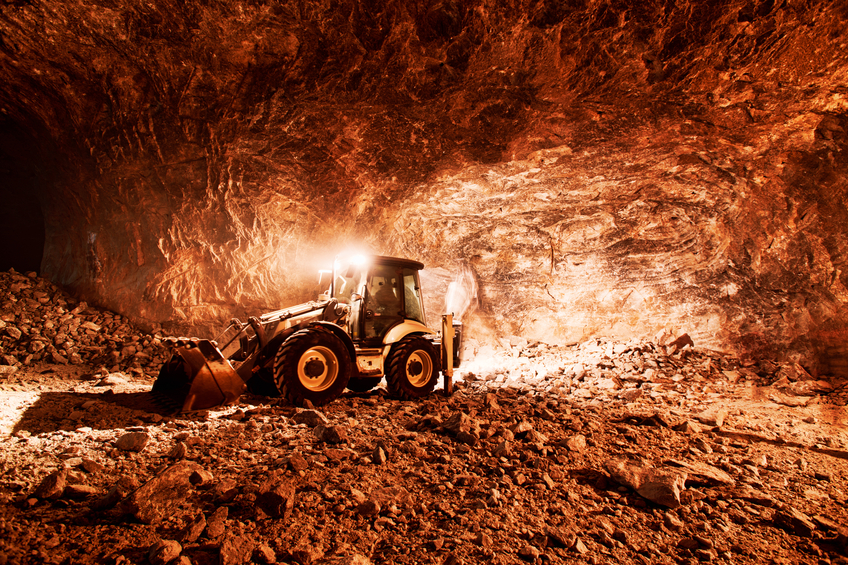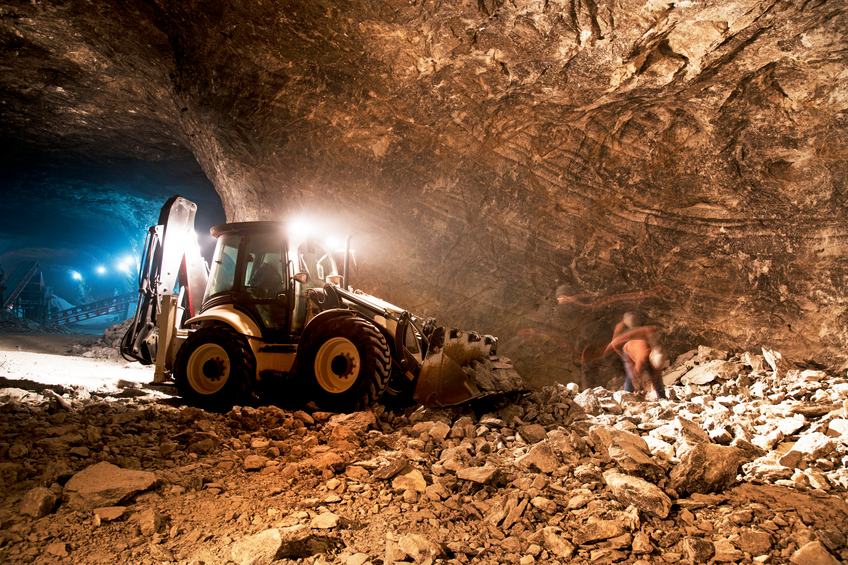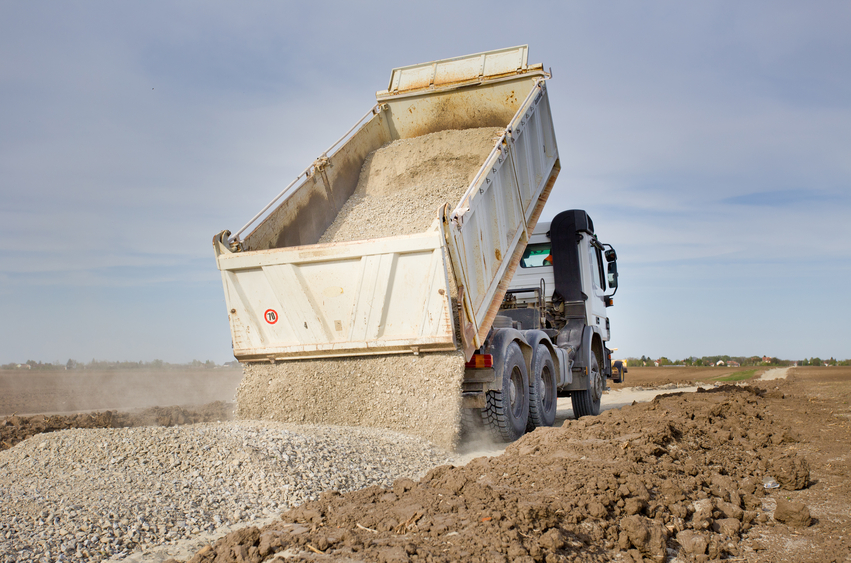Maine Geotechnical 30 PDH Discount Package 3
Courses in this Package
Hydraulic Performance of Shallow Foundations for the Support of Vertical-Wall Bridge Abutments (G07-007)
An Introduction to Foundations on Fill and Backfilling (G01-003)
Design of Sheet Pile Walls (G05-001)
Design of Pile Foundations (G10-001)
Scour in Cohesive Soils (G07-006)

This online engineering PDH course provides basic information on hydraulic performance of shallow foundations for the support of vertical-wall bridge abutments.
Scour at the base of bridge abutments during floods is a common cause of bridge failure in the United States. Shallow abutment foundations located at or near the channel banks are considered more vulnerable than other foundations because they are closer to the streambed and can significantly constrict flood flows. These types of abutments are frequently implemented for single-span bridges, and scour countermeasures are often integrated into the design to avoid placing the foundation below local scour depth.
Therefore, to protect small single-span bridge abutments built on shallow foundations from scour damage, methods for countermeasure design are needed that consider the abutment foundation and scour countermeasures as an integrated component of the bridge. The research study described in this course is designed to provide a complete picture of the flow field and local bed shear stresses on heterogeneous bed roughness in the bridge opening.
This 7 PDH online course is applicable to geotechnical engineers who are interested in improving their knowledge about scours occurring at the base of bridge abutment during floods.
This PE continuing education course is intended to provide you with the following specific knowledge and skills:
- Familiarizing with the performed literature research to determine depth and location of scour
- Understanding the proposed guidance on the hydraulic requirements for shallow abutment foundations
- Gaining a general overview of the development of a conceptual model for the increased shear in the middle of the contracted channel section
- Learning about the experimental equipment, program, and findings for several abutment riprap layouts
- Understanding the different design guidelines and requirements for riprap aprons for vertical-wall abutments with shallow foundations
In this professional engineering CEU course, you need to review the course document titled, "Hydraulic Performance of Shallow Foundations for the Support of Vertical-Wall Bridge Abutments”, which is based on the Department of Transportation document “Hydraulic Performance of Shallow Foundations for the Support of Vertical-Wall Bridge Abutments”, Publication No. FHWA-HRT-17-013.
Upon successful completion of the quiz, print your Certificate of Completion instantly. (Note: if you are paying by check or money order, you will be able to print it after we receive your payment.) For your convenience, we will also email it to you. Please note that you can log in to your account at any time to access and print your Certificate of Completion.

This online engineering PDH course provides an introduction to methods, techniques and equipment for selecting, placing and compacting fill and backfill materials for structure foundations.
Foundations may be constructed on fills and backfilled material. Fills may include conventional compacted fills; hydraulic fills; and uncontrolled fills of soils or industrial and domestic wastes, such as ashes, slag, chemical wastes, building rubble, and refuse. Properly placed compacted fill will be more rigid and uniform and have greater strength than most natural soils. Hydraulic fills may be compacted or uncompacted and are an economical means of providing fill over large areas. Except when cohesionless materials, i.e., clean sands and gravels, are placed under controlled conditions so silty pockets are avoided and are compacted as they are placed, hydraulic fills will generally require some type of stabilization to ensure adequate foundations.
This 1 PDH online course is intended for civil engineers, structural engineers, geotechnical engineers, geologists and other design and construction professionals seeking an introduction to methods and techniques for fill and backfill construction for foundations and footings for buildings and structures.
This PE continuing education course is intended to provide you with the following specific knowledge and skills:
- Learning about the different methods for compacting fills for foundations
- Knowing the types of fill and when their use is applicable
- Knowing the methods and techniques used to construct foundations on compacted fills
- Learning about the different compaction requirements for fills and backfills
- Understanding the fundamentals of placing and controlling fill and backfill
- Learning how to accommodate and control fill settlement
- Learning about hydraulic fills and their application
In this professional engineering CEU course, you need to review the course document titled, "An Introduction to Foundations on Fill and Backfilling".
Upon successful completion of the quiz, print your Certificate of Completion instantly. (Note: if you are paying by check or money order, you will be able to print it after we receive your payment.) For your convenience, we will also email it to you. Please note that you can log in to your account at any time to access and print your Certificate of Completion.

This online engineering PDH course provides guidance on foundation exploration and testing procedures, analysis techniques, allowable criteria, design procedures, and construction consideration for the selection, design, and installation of sheet pile walls and flood walls. The guidance is based on the present state of the technology for sheet pile-soil-structure interaction behavior.
Since the understanding of the physical causes of sheet pile wall behavior is actively expanding by better definition through ongoing research, prototype, model sheet pile wall testing and development of more refined analytical models, this course is intended to provide examples and procedures of what has been proven successful.
This 5 PDH online course is applicable to geotechnical and structural engineers as well as design and construction personnel interested in understanding the construction techniques related to sheet pile wall behavior during installation.
This PE continuing education course is intended to provide you with the following specific knowledge and skills:
- Understanding the stratigraphy of the subgrade as well as its engineering geology characteristics
- Understanding current methodologies for evaluating system loads that govern the design of a sheet pile wall
- Evaluating failure modes and selecting certain system parameters to prevent failure
- Selecting criteria, procedures and parameters necessary for the structural design of sheet pile walls
- Understanding the behavior of the wall/soil system (interface interaction analysis)
- Understanding the various engineering considerations pertaining to the construction of sheet pile walls
- Understanding the special design considerations pertaining to the construction of sheet pile walls
In this professional engineering CEU course, you need to review the US Corps of Engineers Publication EM 1110-2-2504, "Design of Sheet Pile Walls".
Upon successful completion of the quiz, print your Certificate of Completion instantly. (Note: if you are paying by check or money order, you will be able to print it after we receive your payment.) For your convenience, we will also email it to you. Please note that you can log in to your account at any time to access and print your Certificate of Completion.

This online engineering PDH course provides guidance on foundation exploration and testing procedures, load test methods, analysis techniques, design criteria and procedures, and construction considerations for the selection, design, and installation of pile foundations. The guidance is based on the present state of technology for pile-soil-structure-foundation interaction behavior.
Since the understanding of the physical causes of pile behavior is actively expanding by better definition through ongoing research, prototype, model pile foundation testing and development of more refined analytical models, this course is intended to provide examples and procedures of what has been proven successful.
This 10 PDH online course is applicable to geotechnical and structural engineers as well as design and construction personnel interested in understanding the construction techniques related to pile behavior during installation.
This PE continuing education course is intended to provide you with the following specific knowledge and skills:
- Understanding the stratigraphy of the subgrade as well as its engineering geology characteristics
- Selecting the criteria, procedures and parameters necessary for the analysis and design of pile foundations
- Understanding the various engineering considerations pertaining to the construction of pile foundations
- Understanding the methodology and objective of the field pile test program
In this professional engineering CEU course, you need to review the US Corps of Engineers Publication EM 1110-2-2906, "Design of Pile Foundations"
Upon successful completion of the quiz, print your Certificate of Completion instantly. (Note: if you are paying by check or money order, you will be able to print it after we receive your payment.) For your convenience, we will also email it to you. Please note that you can log in to your account at any time to access and print your Certificate of Completion.

This online engineering PDH course provides information on scour in cohesive soils and presents a study through which an erosion testing device that simulates open channel flow on a small scale was developed and tested. In addition, a recommended design approach is provided that can be used for estimating scour for a range of cohesive soils.
Scour in cohesive soils has been a challenge for engineers and designers. Unlike noncohesive soils, practical measurement techniques and well accepted guidance on the scourability of cohesive soils are severely lacking.
This course focuses on two main objectives. The first is to demonstrate a new ex situ erosion testing device (ESTD) that can mimic the near-bed flow of open channels to erode cohesive soils within a specified range of shear stresses. The second objective is to develop a method for estimating the critical shear stress and erosion rates for a limited range of cohesive soils in the context of the Hydraulic Engineering Circular 18 scour framework.
This 7 PDH online course is applicable to geotechnical and civil engineers who are interested in expanding their knowledge on the topic of scour and erosion processes in cohesive soils.
This PE continuing education course is intended to provide you with the following specific knowledge and skills:
- Familiarizing with cohesive soils and the different factors influencing their behavior
- Understanding the erosion processes in cohesive soils
- Understanding the design, operation, advantages and limitations of the ESTD
- Knowing how the log-law velocity profile is reproduced in the test channel and how boundary shear stress is measured
- Learning about the preparation of soil specimens and soil sample properties
- Learning about the factors affecting erosion and the analytical development of the recommended design relations
- Gaining an overview of future research recommendations in the field
Upon successful completion of the quiz, print your Certificate of Completion instantly. (Note: if you are paying by check or money order, you will be able to print it after we receive your payment.) For your convenience, we will also email it to you. Please note that you can log in to your account at any time to access and print your Certificate of Completion.